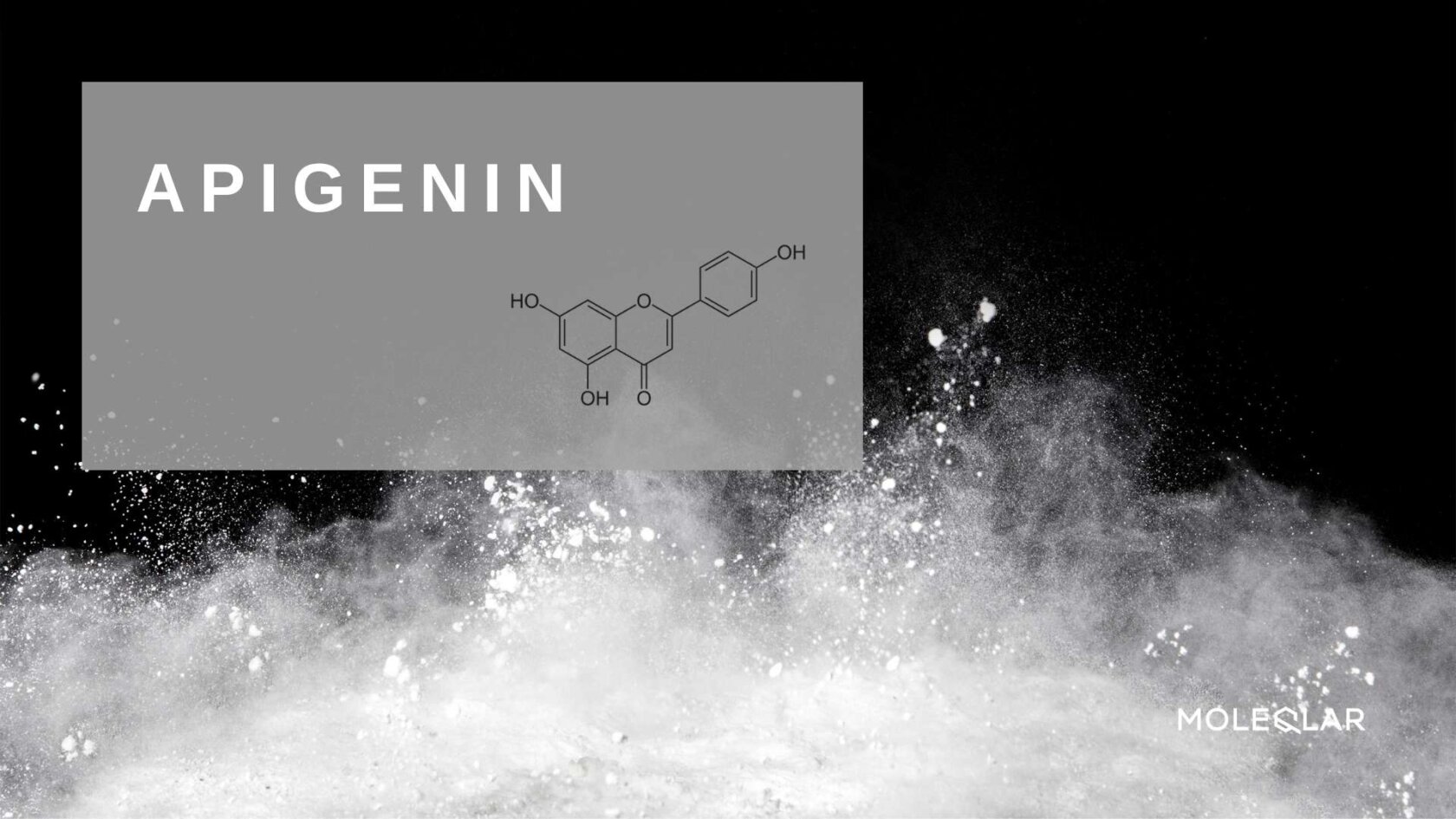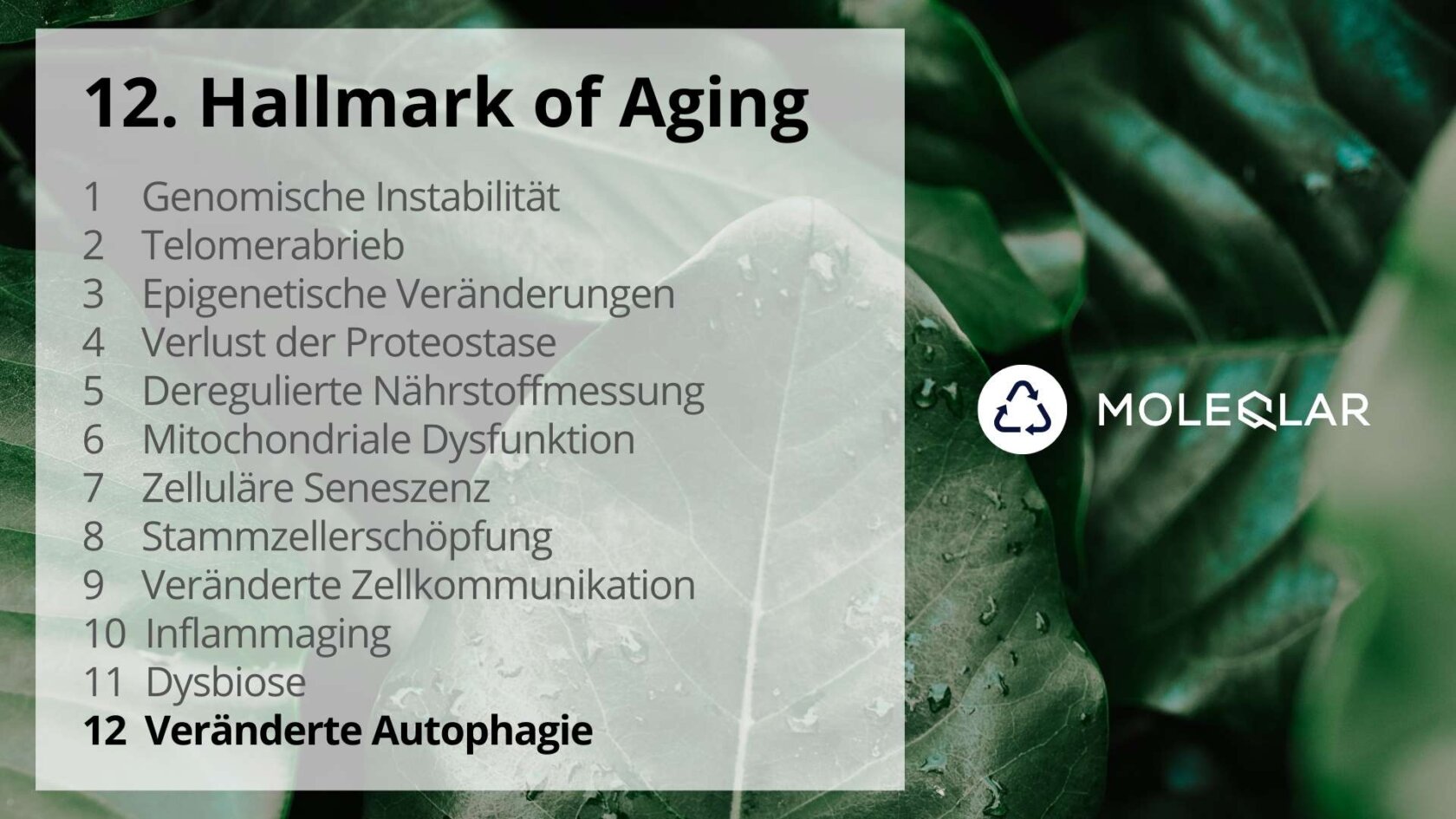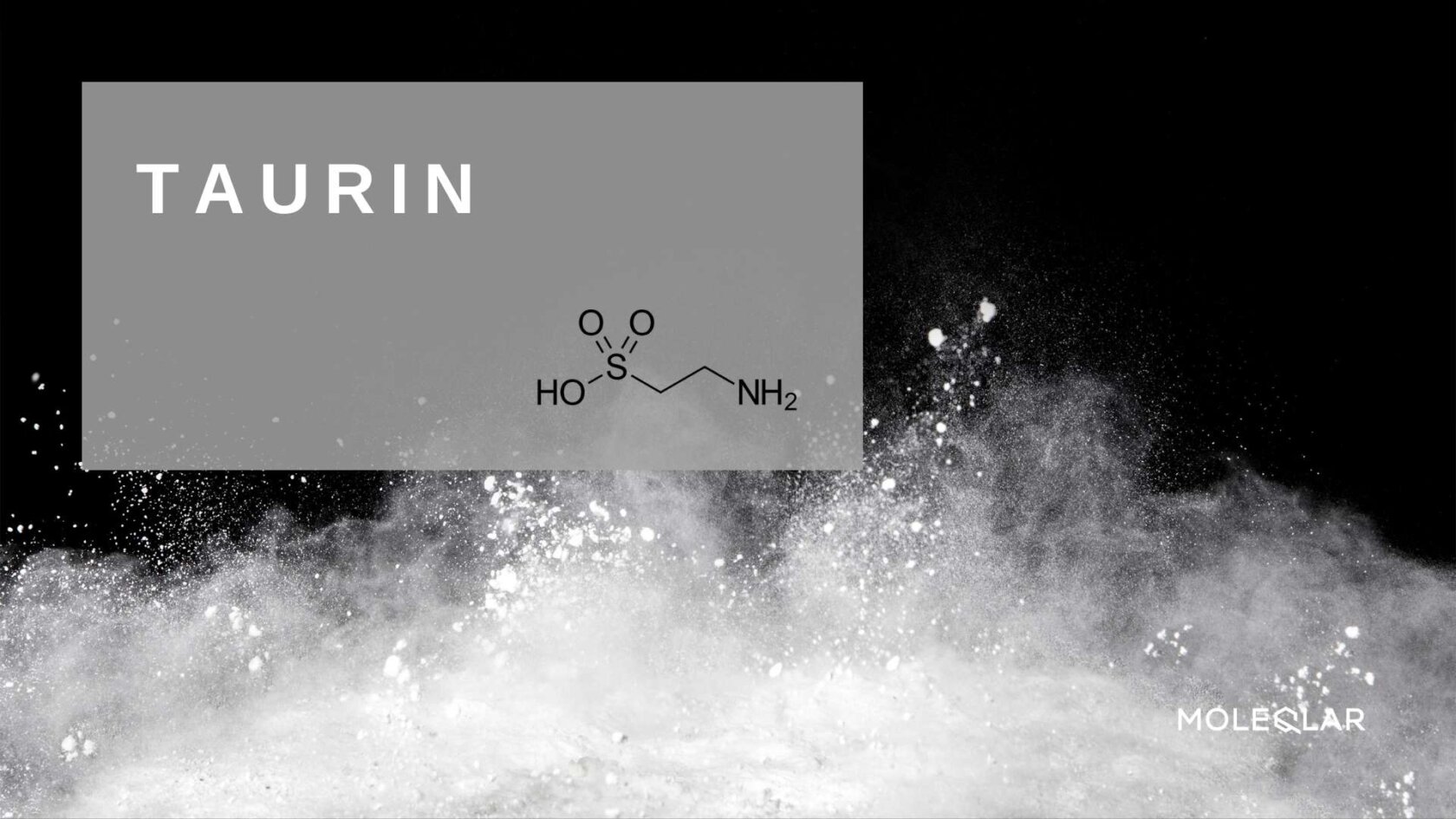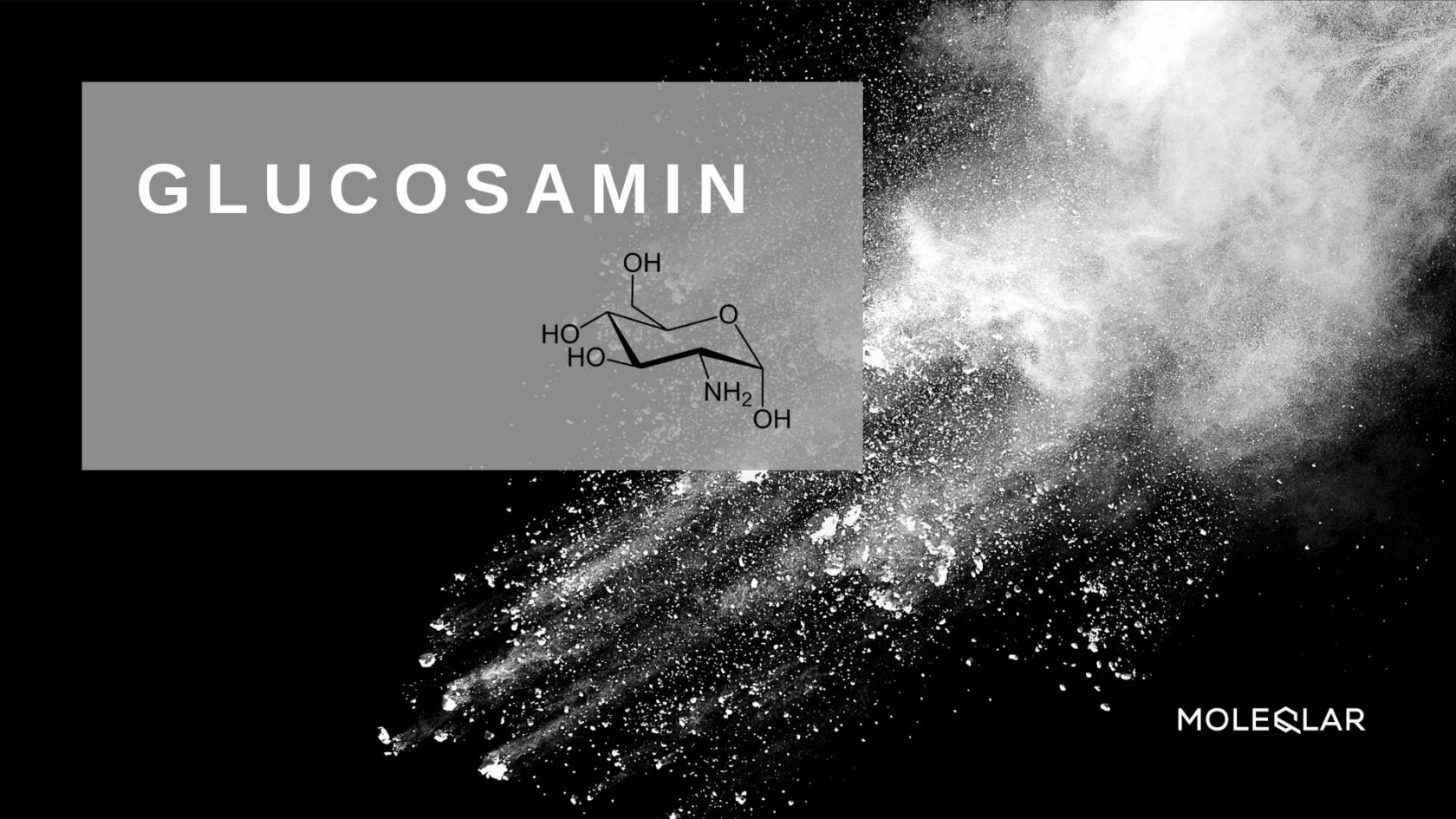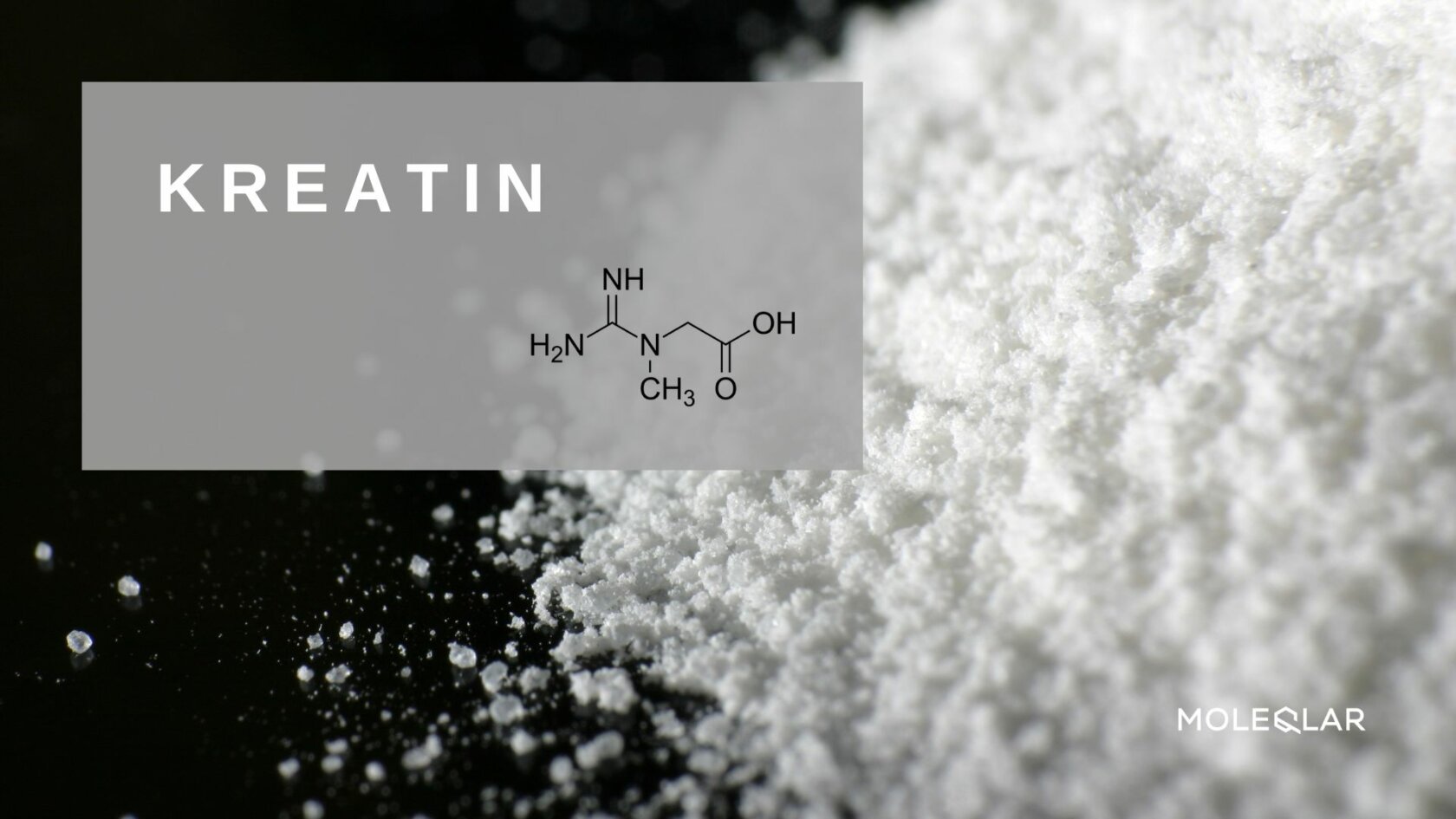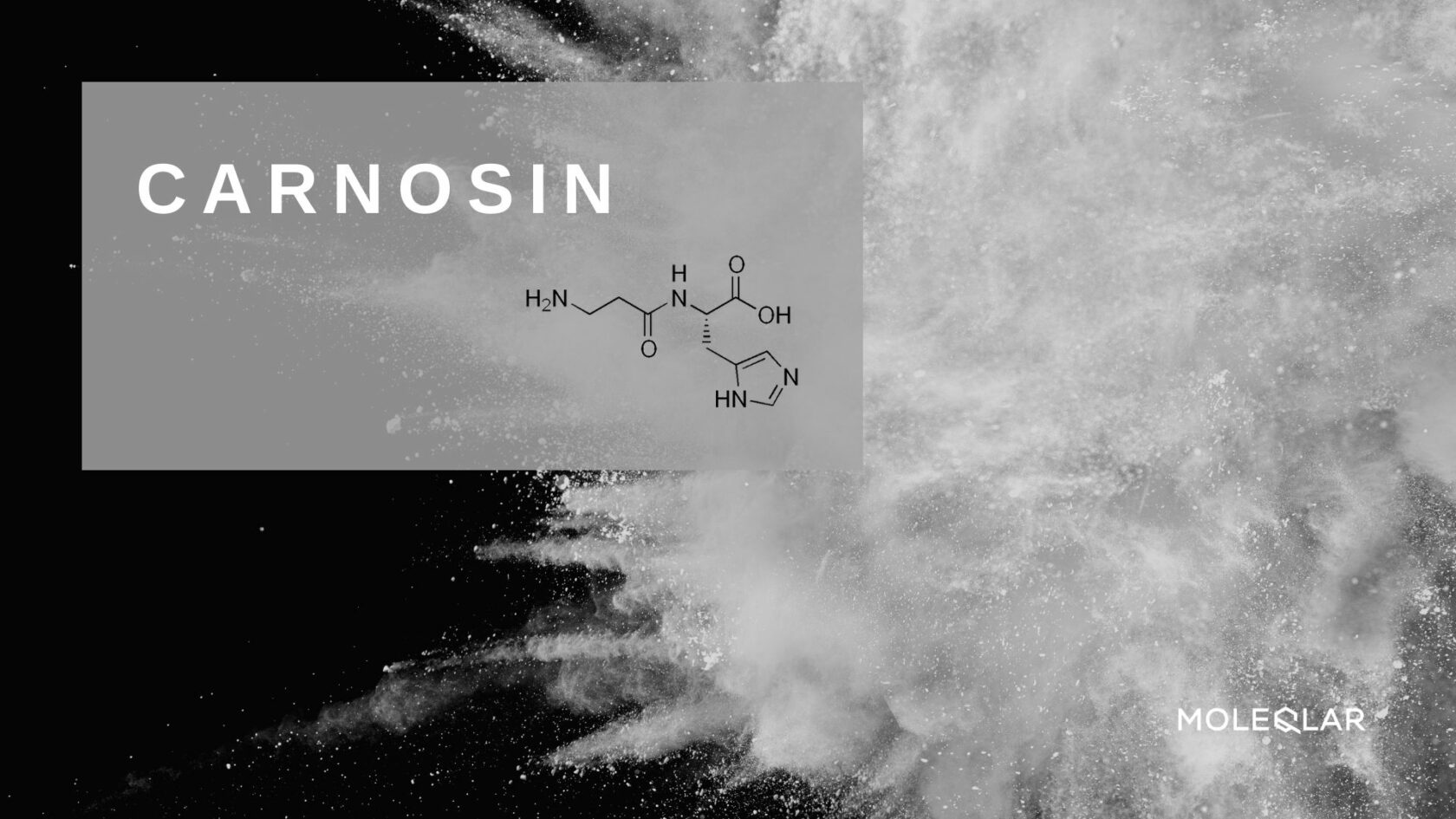Background
Growing old, staying young - who doesn't wish for that? While people once cherished the dream of the source of eternal youth, scientists are now intensively researching to decipher ageing and all its aspects. Attention has now been drawn to the investigation of the effects of Spermidine on the ageing process. Natural cellulose has brought us a great deal closer to the goal of enabling people to live healthy lives and grow older. First proven in the 1870s, it owes its name to its place of Spermidine owes its name to its place of discovery - seminal fluid. Nevertheless, one should not be misled or even deterred by this. It is now known that this valuable vital substance is not limited to men, but can be found in all living organisms and body cells. In addition Spermidine is found in plant foods.
Objective
So with spermidine, the name doesn't say it all. But what then? The small molecule plays an important role in Autophagy, the natural process of cell cleansing. In this process, defective or no longer needed cell components are broken down and recycled. With age, however, the concentration of spermidine decreases and with it the ability to clean up our human cells. Remember what happened back then when you didn't tidy up your Lego pieces after playing? The painful soles of our feet are still witnesses to the chaos and disorder. Unlike in the children's room, in the cell there is no lying around of toys, but pathological deposits of cell parts and proteins, which in turn can lead to various diseases. Vice versa, it has been shown in several animal models that spermidine administration is associated with increased survival and even reduces age-related mortality.
In a highly regarded study by Kiechl and colleagues, the aim was to investigate a possible connection between spermidine intake via food and mortality in the general population - with exciting results!
Method
An international team of scientists from the Medical University of Innsbruck conducted a prospective long-term study in the South Tyrolean municipality of Bruneck. The advantage: only a few residents move away from the town in the Pustertal valley. People are rooted in their South Tyrolean home region, mobility is extremely low. They maintain a healthy lifestyle with a traditional diet and a lot of sport. It is not uncommon to meet top-fit 80-year-olds here. At the same time, other health parameters are quite comparable with other populations in Europe. Factors like these make the small town the ideal place to observe age-related health risks in the long term and to research their predictability. No sooner said than done. For 20 years, 829 people between the ages of 45 and 84 were systematically examined for age-related diseases as part of this study. Every five years, the test persons were examined in detail. Among other things, a specific diet questionnaire was filled out by professional nutritionists to analyse food intake. This made it possible to deduce the amount of spermidine consumed naturally.
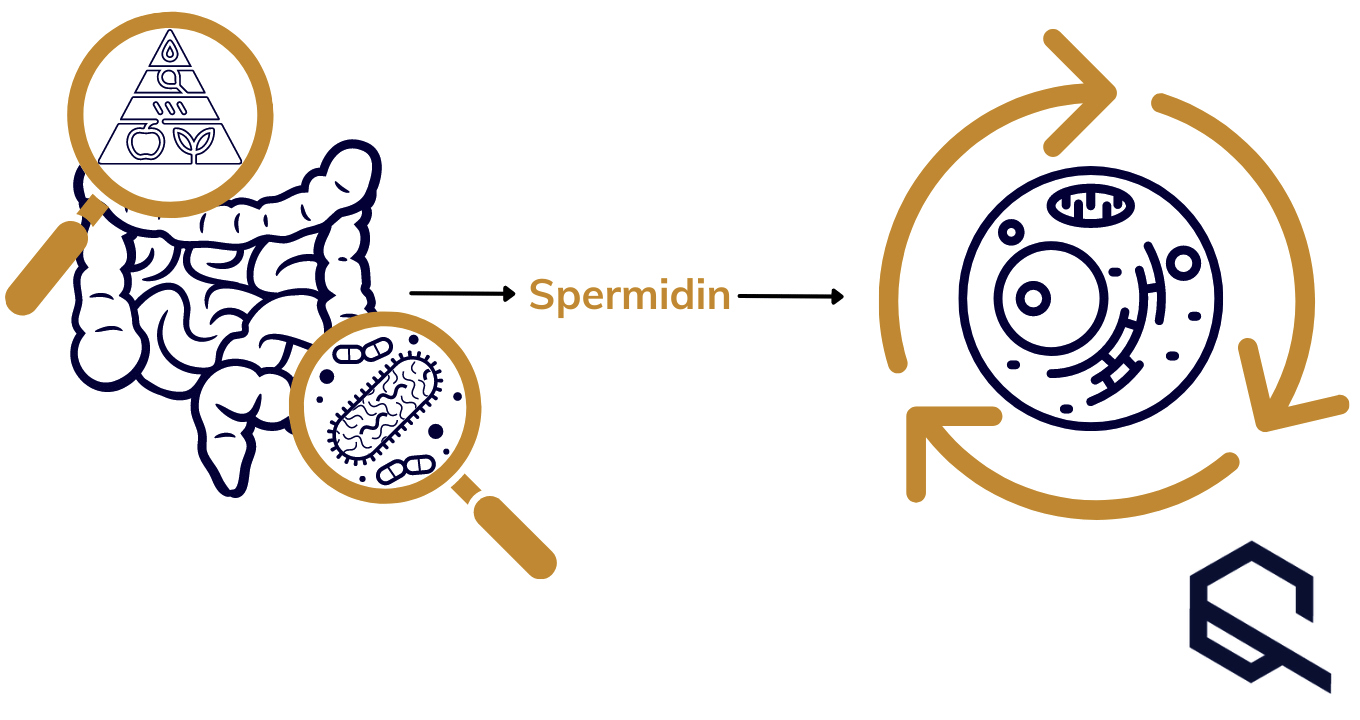
Which foods are rich in spermidine?
This raises the legitimate question of which foods contain particularly high amounts of spermidine. In principle, as has already been revealed, spermidine is contained in every cell of the body. However, the natural substance is not only produced by the cells themselves, but also by certain bacteria in our intestinal flora. About one third of the spermidine comes from our own production, while the rest - the majority, after all - is absorbed through food. There, spermidine is found in a variety of foods. Examples include mushrooms, cauliflower, broccoli, legumes, various types of cheese, wholemeal products and wheat germ. The valuable substance is particularly abundant in soybean products. However, it must be noted that the amount of spermidine in natural sources can be subject to strong fluctuations.
Results
Let's jump right into the results of the study. In general, a few things could already be said about the participants. Surprisingly, the spermidine content of the diet was higher in women than in men and also decreased steadily with age. The hot favourites among the main food sources of spermidine were whole grain products, apples and pears, lettuce, vegetable sprouts and potatoes. To explore further effects of spermidine, participants were divided into three groups based on their daily intake. Participants:in with low(below 9 mg), medium(9-11.6 mg) and high(above 11.6 mg) spermidine intake.
These groups were compared in terms of all-cause mortality and mortality risk. This showed groundbreaking results. It was found that the group with the diet richest in spermidine had a significantly lower mortality. Put simply, the higher the daily intake of spermidine, the lower the overall mortality. Furthermore, the group with high spermidine intake showed a significantly reduced risk of mortality compared to the lower third. Specifically, this reduction corresponded to an age reduction of a full 5.7 years. Almost too good to be true.
Discussion and conclusion
Let's go to Bruneck! - some over-motivated longevity fanatic would hastily suggest. But the revolutionary results are not location-specific, but most likely transferable to each and every one of us. For those who get a lot of spermidine in the diet, may be able to extend their healthy lifespan.
In summary, this study provides the first evidence of a relationship between a Spermidine-rich diet and increased survival in humans. The current epidemiological data are consistent with preliminary experimental studies that indicate longevity- and health-promoting effects of Spermidine in animal models and human cells. Intervention studies, some of which are already underway, are still needed as definitive proof. We look forward to more interesting news!
The study appeared online in July 2018 in the scientific journal American Journal of Clinical Nutrition (AJCN).
Kiechl, S., Pechlaner, R., Willeit, P., et al. (2018). Higher spermidine intake is linked to lower mortality: a prospective population-based study. The American journal of clinical nutrition, 108(2), 371-380.
https://doi.org/10.1093/ajcn/nqy102




